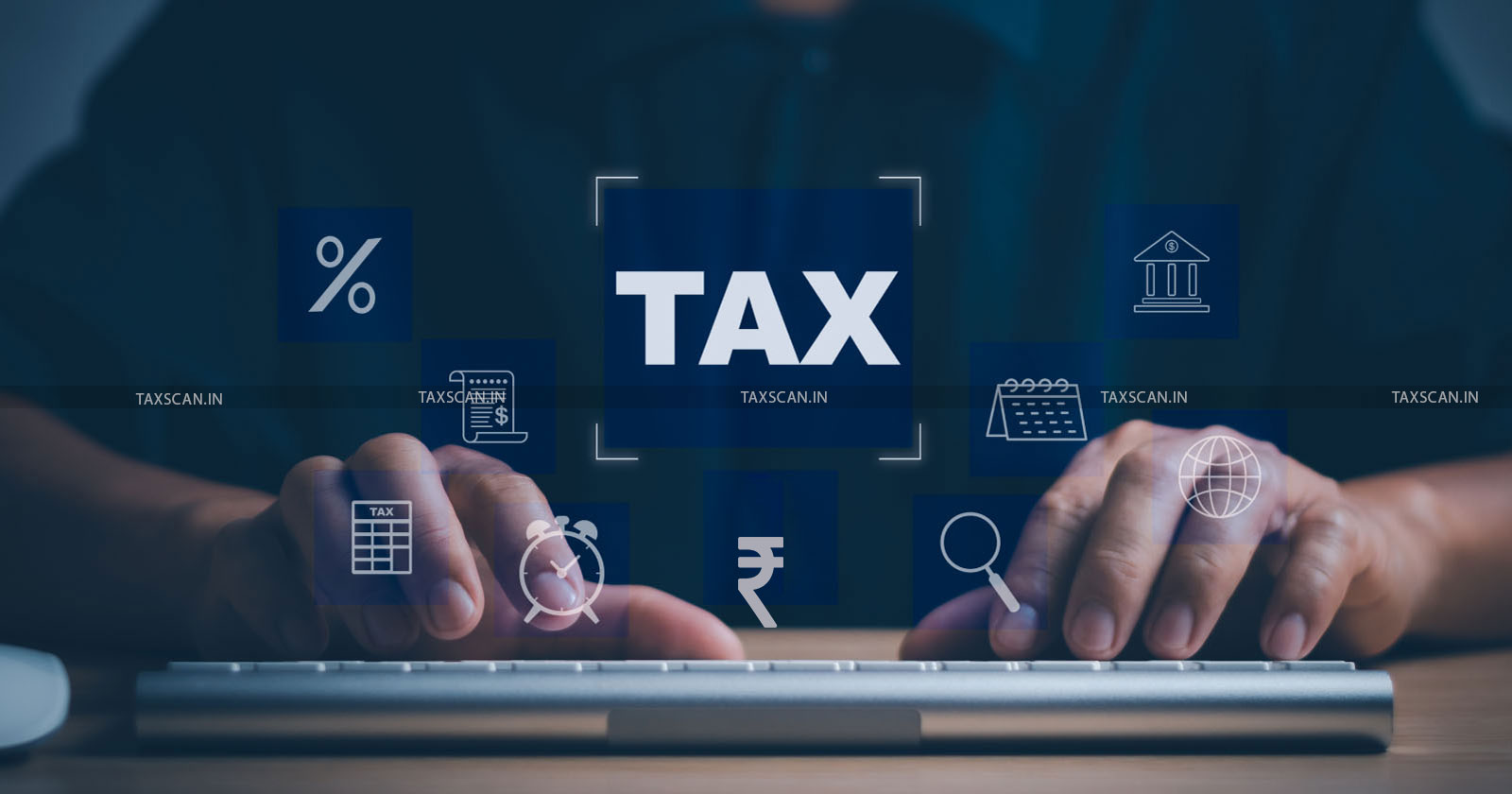Role of Technology in Improving Tax Compliance in India
The introduction of online income tax filing enhanced tax administration. Initially, people were reluctant, but with the passage of time, they started to recognise that it saves time and is more efficient

Tax Compliance – Role of Technology – Improving Tax Compliance in India – taxscan
Tax Compliance – Role of Technology – Improving Tax Compliance in India – taxscan
If we take a peek at history, enforcing tax compliance was never an easy task. Even Chandragupta Maurya needed Kautilya to write Arthashasthra so that the king could get tips on ensuring tax compliance.
As responsible citizens of our country, we are bound to pay taxes on time and file our income tax returns, GST returns, etc., but still, a large number of our population fails to do the same. The introduction of online income tax filing enhanced tax administration. Initially, people were reluctant, but with the passage of time, they started to recognise that it saves time and is more efficient.
Technology and Tax Compliance
Definitely, the implementation of technology in tax administration has made it less tedious and made compliance effective. It all started with the introduction of filing the income tax returns online. Although there was reluctance at first, the introduction of online systems served as time-consuming and error-reducing initiatives on the path to a straightforward tax compliance process.
As the traditional manual systems are often time-consuming and prone to mistakes, making them less efficient, online filing and digitalisation of the accounts and other processes were soon accepted.
Step by Step Guidance for Tax Audit & E-filing, Click Here
GST the Game Changer
The actual game changer fuelling a transformation began with the coming of the Goods and Services Tax (GST) in 2017, which provided an integrated, single tax system, and this wouldn't have been simple without digital technology.
With the introduction of the GST, the business community was able to file returns, reconcile invoices, and claim input tax credits online through the GST Network (GSTN). The digital infrastructure thus reduced considerably human interventions, eliminating troublesome redundancies expected to lead to tidiness and inefficiencies.
Step by Step Guidance for Tax Audit & E-filing, Click Here
Also, it is pertinent to note that small-scale enterprises (SMEs) were directly given access to user-friendly software and application-programmable interfaces, providing an unwarranted burden on compliance and welcoming various entities to formalise operations.
The best part is that GSTN helps taxpayers cut down on paperwork and human error. By offering smooth online filing method. Also, it makes it possible to track transactions in real-time and guarantees improved compliance by reconciling supplier and buyer invoices. It has resulted in a wider tax base and greater transparency has resulted from the use of technology in GST compliance.
AI and Tax Compliance
Artificial intelligence ( AI ) is going to be the next player in everything so definitely it's going to help a lot in tax compliance and tax administration. AI is the biggest boon the department could receive in ensuring tax compliance. Proper AI tools should be used by the department, and this would in turn reduce costs and will reduce a lot of errors.
As a person who has filed an ITR, I know it's not very easy to use the Income Tax Portal. The website gets jammed, especially during the last week of July, as this is the time when the citizens remember about the deadline, which is July 31st.
Due to heavy traffic on the website, many times people face difficulties in filing their ITR. Of course, this can be avoided if they file their returns beforehand, but we Indians are great at procrastination. So coming back to our topic, AI can definitely aid us in making this tedious task of filing ITR simple. I sincerely hope there comes a time when we just post a picture of our PAN card and then the rest will be taken care of by AI.
A few reasons why AI is going to take tax compliance to the next level are that it helps in the detection of fraud. AI can be utilised to identify fraudulent as well as suspicious and anomalous activities committed by people while filing their returns. Several improvements could also be achieved by AI-based algorithms by detecting evasion patterns or fraudulent claims for the input tax credit (ITC). Although the process has been initiated, it hasn't been completely implemented in our country.
Step by Step Guidance for Tax Audit & E-filing, Click Here
AI can be very beneficial in carrying out risk assessment and also to enhance the service provided to the taxpayer.
However, there are a few challenges to integrating AI and data analytics into tax administration, such as infrastructural limitations, data privacy concerns, and the need for skilled personnel to manage AI systems. The government ought to make significant investments in the same, and for its implementation, a close collaboration should be worked out between the government and the citizens.
Thus, we ought to accept that technology has not only helped in saving time but also helped the government in reducing administration costs. It has indeed helped the taxpayers in reducing the errors, as well as it is easy to handle, and certainly it is convenient for both the taxpayer as well as for the department.
On the larger picture, technology has helped organizations stay compliant and efficient in an ever-changing environment. Threats to data security and implementation costs are to be effectively managed by the authorities for the best results in the future.
Support our journalism by subscribing to Taxscan premium. Follow us on Telegram for quick updates


